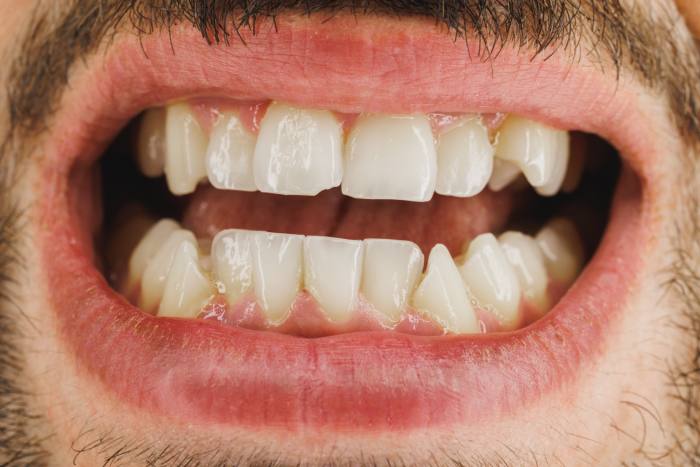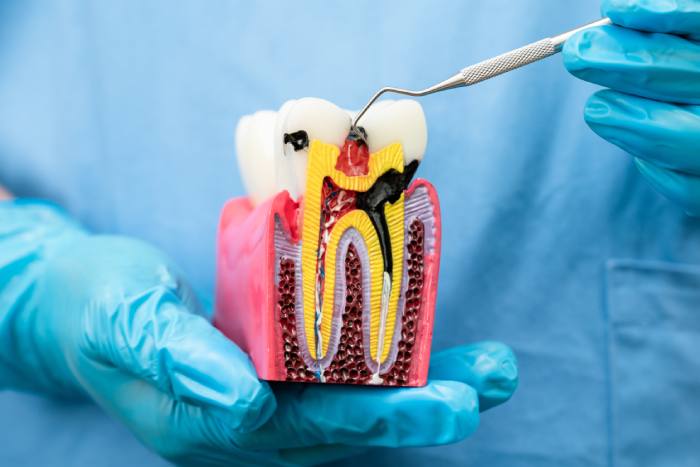When you visit the dentist for a procedure like a filling, root canal, or extraction, one of the common experiences is the sensation of a numb mouth. This numbing is achieved through the use of local anesthetics, ensuring that you feel minimal to no pain during your treatment. But a frequent question that arises is, “How long does this numbing sensation last?” Understanding this can help you prepare for the rest of your day and manage any discomfort that follows.
The Basics of Dental Numbing
Dentists use local anesthetics, most commonly lidocaine, to block nerve signals in a specific area of your mouth. These anesthetics work by inhibiting sodium channels in the nerve cells, preventing pain signals from reaching the brain. Typically, the numbing agent is injected into the gum tissue near the area to be treated.
Duration of Numbing
The duration of numbness can vary based on several factors:
- Type of Anesthetic Used: Different anesthetics have varying durations of effectiveness. For example, lidocaine typically lasts between 1 to 2 hours, while bupivacaine can last up to 8 hours.
- Procedure Length: Longer procedures may require additional doses of anesthetic to maintain numbness, potentially extending the duration.
- Individual Factors: Each person’s metabolism and physiology can affect how quickly the body breaks down the anesthetic. Factors such as age, body weight, and overall health can play a role.
- Injection Site: Numbing in the lower jaw (mandible) can last longer than in the upper jaw (maxilla) due to differences in blood flow and nerve structure.
What to Expect
Immediate Aftermath: Right after your procedure, the numbness will be at its peak. You might feel a swollen sensation, and control over your facial muscles in the numbed area can be reduced. This can make speaking and eating a bit challenging.
Gradual Wearing Off: As the anesthetic starts to wear off, you might experience tingling or slight discomfort. This is normal as sensation returns to the treated area. It’s important to avoid chewing or biting on the numb side to prevent accidental injury.
Post-Procedure Care: Following your dentist’s instructions is crucial. They might suggest over-the-counter pain relievers if you experience discomfort after the numbness subsides. Additionally, avoid hot foods and drinks until full sensation returns to prevent burns.
Tips for Managing Numbness
- Stay Hydrated: Drinking water can help your body process the anesthetic more quickly.
- Avoid Hot Foods and Drinks: Until full sensation returns, this will prevent burns and accidental bites.
- Rest: Give your body time to recover, especially if you had a more extensive procedure.
When to Contact Your Dentist
In most cases, numbness is a temporary and manageable side effect of dental procedures. However, if you experience prolonged numbness (lasting more than 8 hours), significant pain, or signs of an allergic reaction (such as swelling, rash, or difficulty breathing), contact your dentist immediately.
Conclusion
Understanding how long dental numbing lasts can help alleviate some of the anxiety associated with dental procedures. While the numbness is temporary, it ensures that you have a comfortable and pain-free experience. If you have any concerns about the numbing process or any other aspect of your dental care, don’t hesitate to discuss them with your dentist.
At Ames Dentistry, we prioritize your comfort and care. Our experienced team is here to ensure you have a positive and pain-free experience. If you have any questions or need to schedule an appointment, contact us today! Let us help you achieve and maintain a healthy, beautiful smile.








